
Copernical Team
Video: MTG-I1 launch sequence
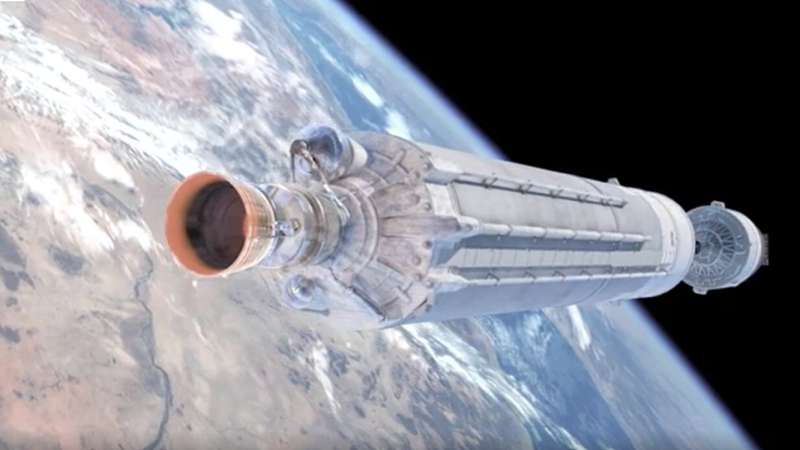
The animation shows the full launch sequence for the first Meteosat Third Generation Imager (MTG-I1) satellite. MTG-I1 launches on an Ariane 5 rocket from Europe's Spaceport in Kourou, French Guiana.
MTG-I1 is the first of six satellites that form the full MTG system, which will provide critical data for weather forecasting over the next 20 years. In full operations, the mission will comprise two MTG-I satellites and one MTG Sounding (MTG-S) satellites working in tandem.
The MTG-I satellites carry two completely new instruments, a Flexible Combined Imager and Europe's first Lightning Imager, to deliver high-quality data for better weather forecasting.
Provided by European Space Agency
NASA launches Lunar Flashlight; follow the mission in real time
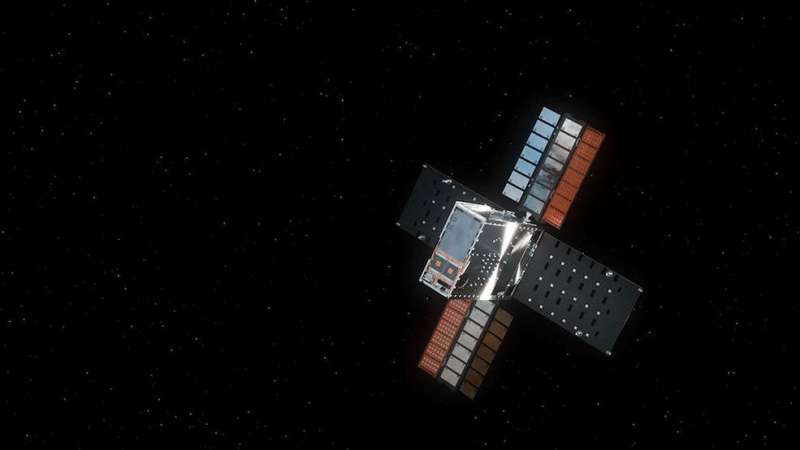
NASA's Lunar Flashlight has communicated with mission controllers and confirmed it is healthy after launching Sunday, Dec. 11, at 2:38 a.m. EST (Saturday, Dec. 10, at 11:38 p.m. PST) from Cape Canaveral Space Force Station in Florida. About 53 minutes after launch, the small satellite, or SmallSat, was released from its dispenser to begin a four-month journey to the moon to seek out surface water ice in permanently shadowed craters at the lunar South Pole.
Space station solutions for Artemis missions to the moon and beyond
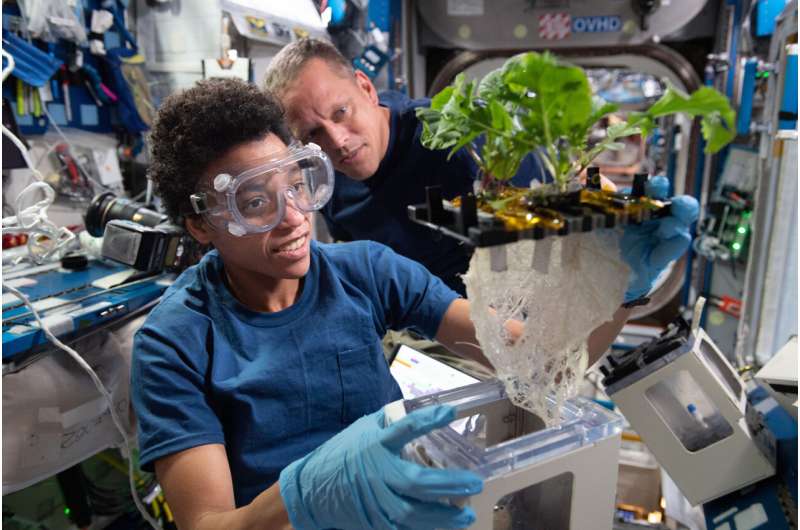
Getting a spacecraft to the moon or Mars is quite literally rocket science. While rocket science helps deliver the spacecraft to the moon, other areas of science are needed to sustain life and enable activities during trips to the moon and while on the lunar surface.
NASA tests Lunar Communications network in lava field
 Since smartphones entered the market in the late 2000s, users have grown accustomed to the speed and convenience of using cellular networks to connect to the internet. 4G and 5G networks are now familiar forms of wireless technology that provide millions of users with high-speed mobile internet connections to handheld devices.
The same networking technology that keeps us connected on Earth
Since smartphones entered the market in the late 2000s, users have grown accustomed to the speed and convenience of using cellular networks to connect to the internet. 4G and 5G networks are now familiar forms of wireless technology that provide millions of users with high-speed mobile internet connections to handheld devices.
The same networking technology that keeps us connected on Earth Precious Payload partners with Maritime Launch
 Precious Payload is excited to announce a partnership with Maritime Launch Services Inc. (NEO: MAXQ, OTCQB: MAXQF), the owner and operator of Canada's first orbital launch complex, to market satellite delivery services to payload developers through its Launch.ctrl online marketplace.
Maritime Launch is developing Spaceport Nova Scotia and will serve small satellite market clients including
Precious Payload is excited to announce a partnership with Maritime Launch Services Inc. (NEO: MAXQ, OTCQB: MAXQF), the owner and operator of Canada's first orbital launch complex, to market satellite delivery services to payload developers through its Launch.ctrl online marketplace.
Maritime Launch is developing Spaceport Nova Scotia and will serve small satellite market clients including Without more data, a black hole's origins can be "spun" in any direction
 Clues to a black hole's origins can be found in the way it spins. This is especially true for binaries, in which two black holes circle close together before merging. The spin and tilt of the respective black holes just before they merge can reveal whether the invisible giants arose from a quiet galactic disk or a more dynamic cluster of stars.
Astronomers are hoping to tease out which of
Clues to a black hole's origins can be found in the way it spins. This is especially true for binaries, in which two black holes circle close together before merging. The spin and tilt of the respective black holes just before they merge can reveal whether the invisible giants arose from a quiet galactic disk or a more dynamic cluster of stars.
Astronomers are hoping to tease out which of NASA Orion capsule safely blazes back from moon, aces test
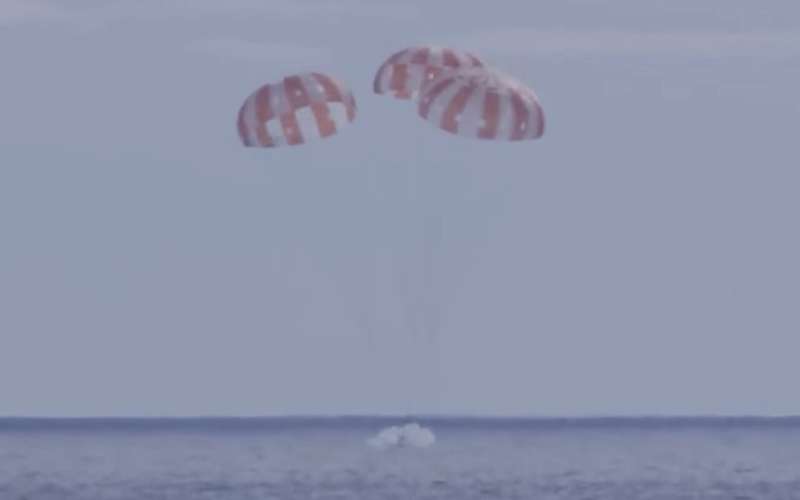
NASA's Orion capsule made a blisteringly fast return from the moon Sunday, parachuting into the Pacific off Mexico to conclude a test flight that should clear the way for astronauts on the next lunar flyby.
MTG-I1 launch sequence in tune
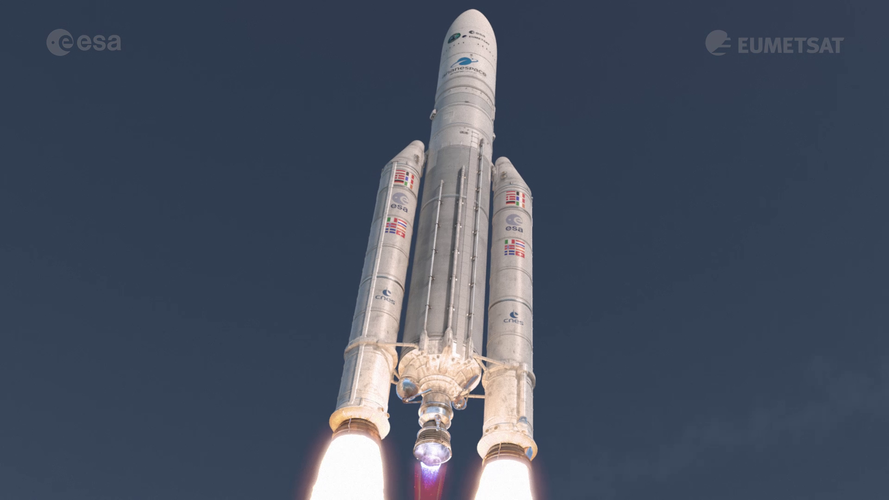 Video:
00:02:43
Video:
00:02:43
The animation shows the full launch sequence for the first Meteosat Third Generation Imager (MTG-I1) satellite. MTG-I1 launches on an Ariane 5 rocket from Europe’s Spaceport in Kourou, French Guiana.
MTG-I1 is the first of six satellites that form the full MTG system, which will provide critical data for weather forecasting over the next 20 years. In full operations, the mission will comprise two MTG-I satellites and one MTG Sounding (MTG-S) satellites working in tandem.
The MTG-I satellites carry two completely new instruments, a Flexible Combined Imager and Europe’s first Lightning Imager, to deliver high-quality data for better weather
ESA Highlights: the best of ESA in 2022
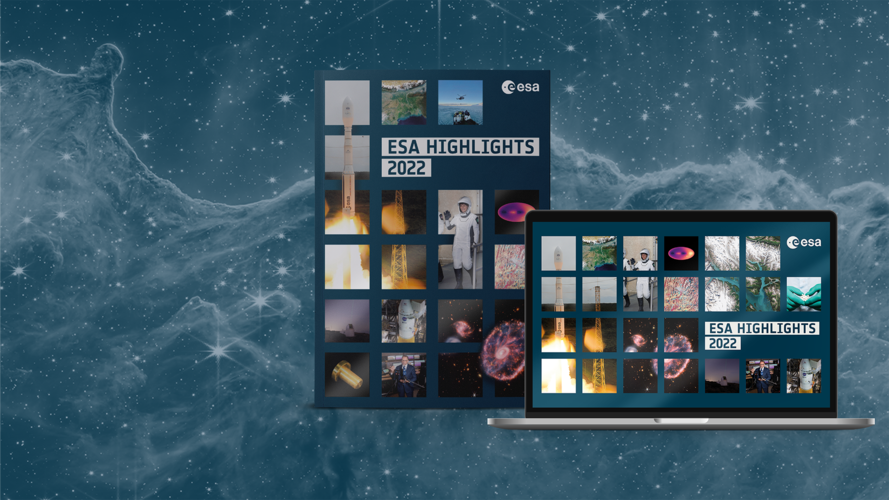
ESA Highlights: the best of ESA in 2022
ESA Highlights 2022 is available online in this interactive format, which can be read on your desktop computer, laptop, tablet or phone.
Watch live launch of Meteosat Third Generation Imager-1
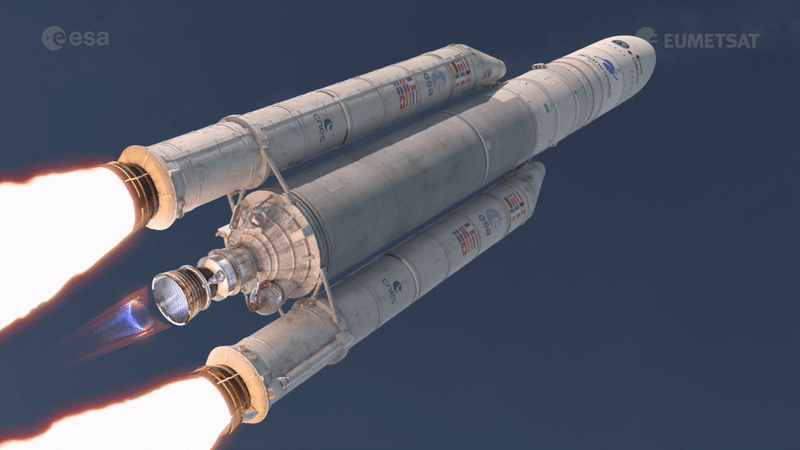
On 13 December, the first of a new generation of satellites designed to revolutionise weather forecasting in Europe will take to the skies. ESA and the European Organisation for the Exploitation of Meteorological Satellites (Eumetsat) invite you to follow the live coverage for the launch of the first Meteosat Third Generation satellite starting from 19:40 CET on ESA Web TV.

